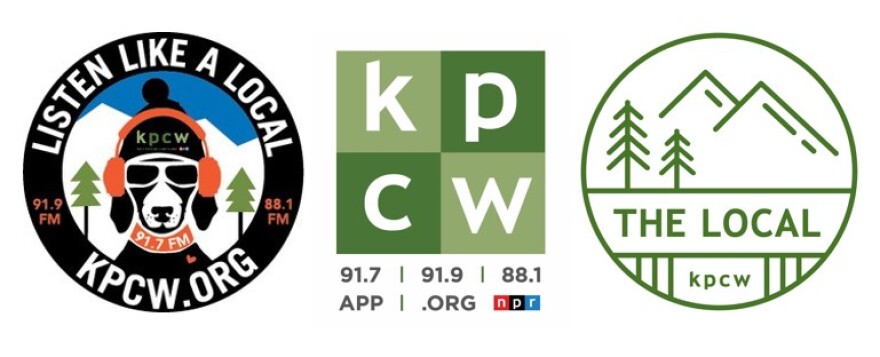A recent video circulated showing a Moose stepping onto a porch in a Park City neighborhood. The inhabitants were offering the animal food. It garnered a lot of online commentary.
Feeding wildlife creates problems for humans and the animals. Division of Wildlife Resources Conservation Outreach Manager Scott Root says it’s never a good thing to put food out for big game.
“Sometimes it doesn’t take many encounters. Sometimes they just become dependent and they want food from people the second or third time they’ve been fed. Please give moose their space. If we purposefully feed deer and elk and moose, you’re probably at risk of bringing in predators as well. When that moose loses its fear of humans, that causes problems as well. We may have to move that moose. We just want people to enjoy the moose but keep your distance.”
He says large animals can be dangerous to humans and can appear docile but are very unpredictable. He says they frequently move moose from populated areas like Park City. It’s common to see them on busy city streets and throughout neighborhoods.
“We’ve moved several moose, especially in the Park City area. We move moose every year. A lot of times it’s just a matter of getting them to go back up on the mountain. But, sometimes they get right in the heart of town and they need some help. It’s not just us wanting to move moose, it’s for their own safety. It’s just better for us to go tranquilize the moose and put it into a horse trailer, which immediately turns into a moose trailer, obviously. But, move it away from the city.”
Root says moose are meant to handle deep snow and their diets change a lot in the winter to eating more woody feed.
“So, as long as they can get to the vegetation. Their diets are different in winter. We definitely don’t want people going out there throwing out alfalfa and all types of other things. Let the big game animals eat their diet that they’re used to eating during the winter months. Giving them a lot of different type of food can actually just make their stomach bloat and can sometimes kill a big game animal. Somebody’s trying to do a great thing but they’re actually doing it some harm by feeding it the wrong foods."
Salt licks are often used for livestock, but also attracts wild animals. Root says they usually look for salt in the spring time, not so much in the winter months.
“The big game animals don’t really crave the mineral element of that salt until springtime. They have plenty of green vegetation. Sometimes they might get a little bit sick because they don’t have that mineral content. So, that’s why they’re always looking for any kind of a natural mineral lick…some rocks.”
Moose and deer shed their antlers in January and elk shed a little later in the winter. The Department of Wildlife Resources requires collectors to take an ethics course and anyone collecting, must have the permit on hand or they could be cited. After April 15th, no certification is needed. Go to wildlife.utah.gov and search for the antler shed course.
The video link of the moose can be found here:
https://www.dailymail.co.uk/news/article-6699727/Utah-couple-branded-terrible-people-posting-video-feeding-apple-moose.html







